Ever wondered what a professional dog trainer avoids at all costs? Our expert shares the five things she would never do with her own dogs and why they matter for every pet parent.

Katherine Bailee is the founder of Executive Order Kennels, where she breeds and trains elite protection dogs. With over a decade of hands-on experience, she combines positive-reinforcement methods with structured routines to help dogs and their owners thrive.
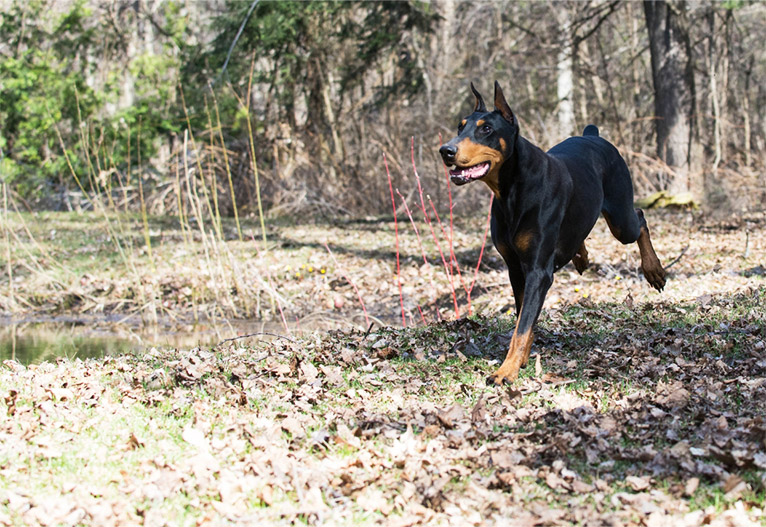
In my work as a professional dog trainer, I spend my days guiding people to develop stronger, more positive relationships with their dogs – and I use the same approach with my pup.
Over time, I’ve discovered that it’s the small, mindful choices that truly shape a dog’s behaviour and overall happiness. With that in mind, here are five things I never do with my dog and why I think every dog owner should consider doing the same.
Never skip daily mental enrichment
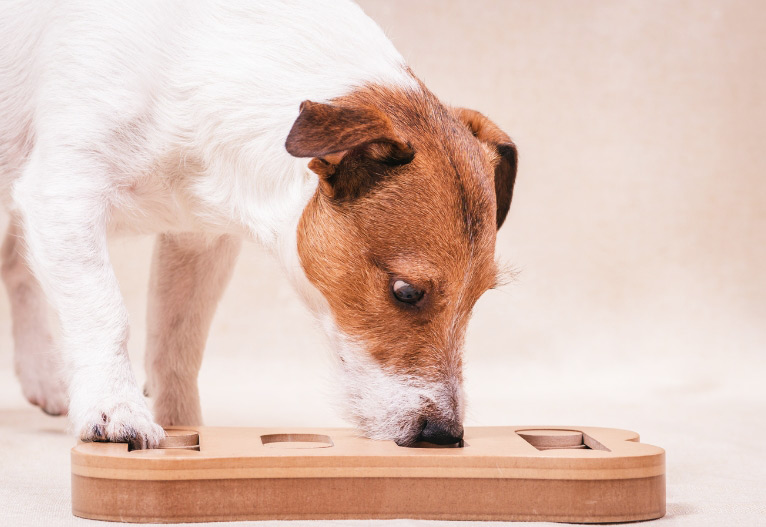
Physical exercise is essential, but the moment I overlook mental stimulation, my dogs start inventing their own “fun” activities like chewing furniture, raiding the trash or practising Houdini escapes.
Every morning, I spend at least 10 minutes on brain games: food puzzles, scent work (“find the hidden kibble”), or fundamental obedience challenges. This keeps their minds sharp, channels energy into something constructive and prevents the behaviour issues that come from boredom.
Never set prolonged training sessions
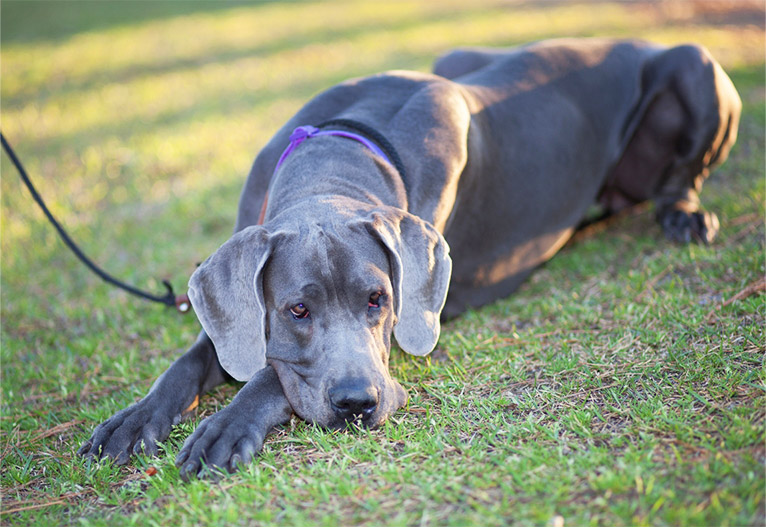
Even elite protection breeds have limits. A long session might seem beneficial, but it comes at the cost of fatigue, tune-out and frustration.
Every session that I take is maxed out at 7 to 10 minutes and ends on high notes. If my dogs show signs of droopy ears, a wandering gaze or sloppy response or any of the focus-fading looks, I wrap it up immediately with a fun reward and pick up where we left off later.
Consistency is more important than the duration of training for building reliable skills.
Never use punishment as my first resort
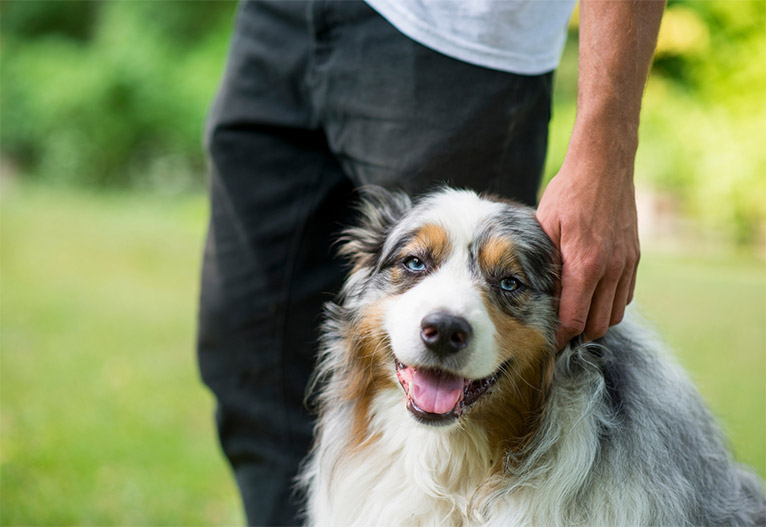
A loud “no!” or a tug on the leash might stop a behaviour in the moment, but it also erodes trust.
My go-to technique is redirection; if a dog lunges at the neighbour’s cat, I pivot the walk into a training cue such as “sit” or “watch me” and reward compliance. This approach teaches “what to do” instead of just “what not to do,” creating a clearer and more positive learning environment.
Never overlook coat and skin checks
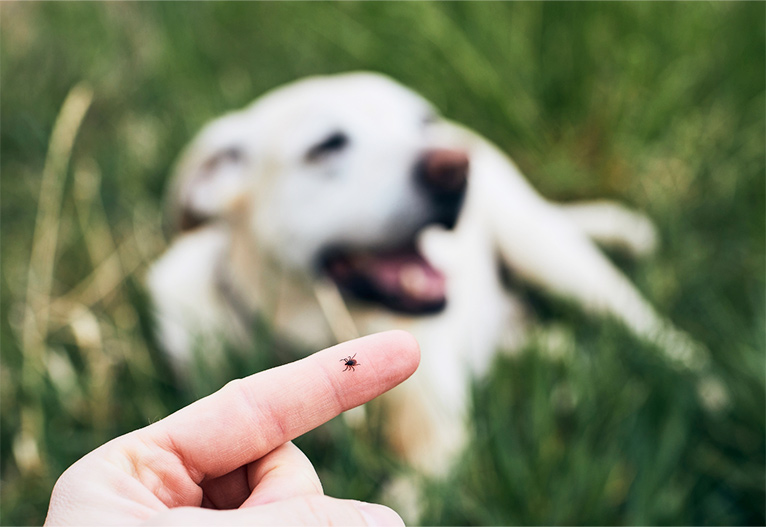
Even on days when training is light, I make it a ritual to run my hands through every dog’s coat and check for matting, hot spots, ticks or unusual lumps. Early detection of a zit, a tick burrow or a clump of shed fur can prevent weeks of discomfort or a costly vet visit.
For breeds with thick undercoats (like Dobermans with extra “winter fluff”), I pay extra attention during seasonal shedding to prevent mats that trap moisture and invite skin infections.
And never ignore my dog’s downtime
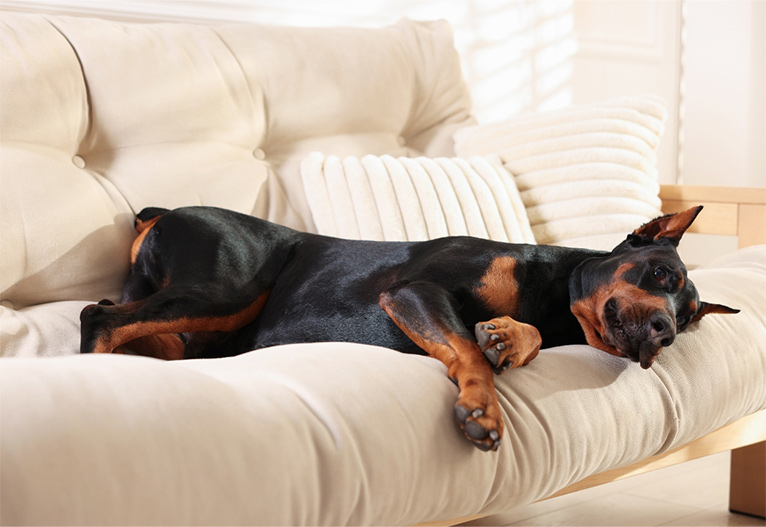
High-drive dogs thrive on structure, but they also need genuine downtime. After the stimulation of training, play and exposure outings, I let my dogs retreat to their own quiet “den”.
This isn’t confinement, it’s respect for their need to rest and recharge. Dogs who learn to switch off on cue are calmer, more attentive in training, and happier overall.
What are some “nevers” that you practise with your own dog? Leave a comment below.

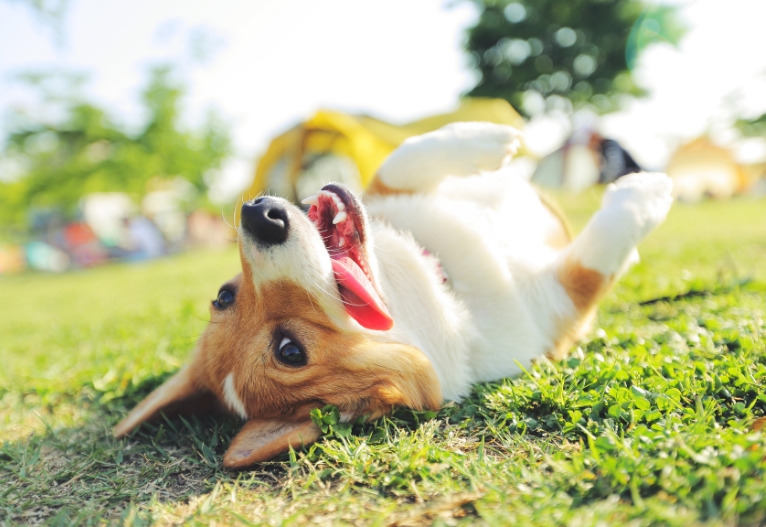



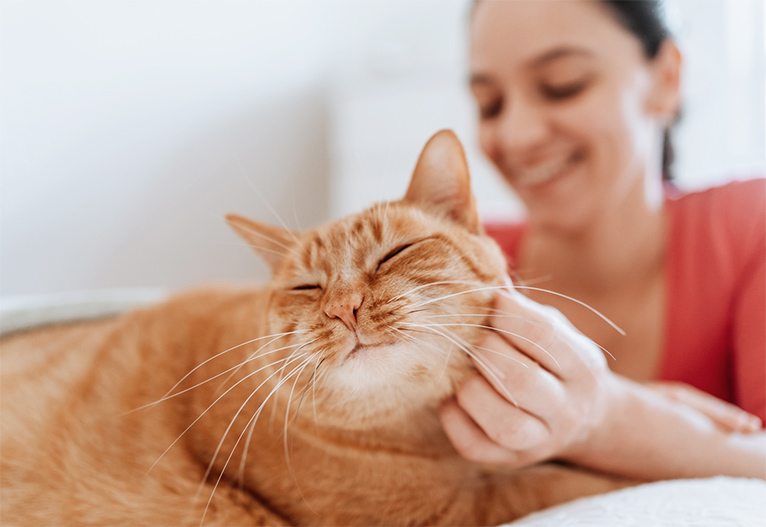
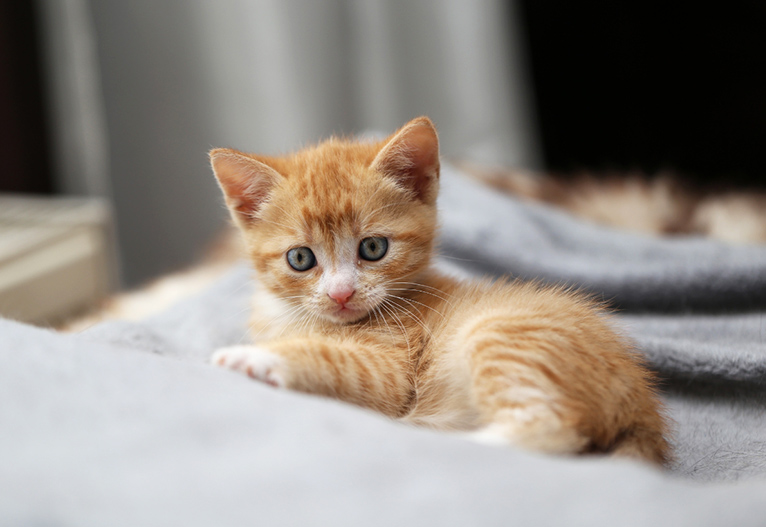

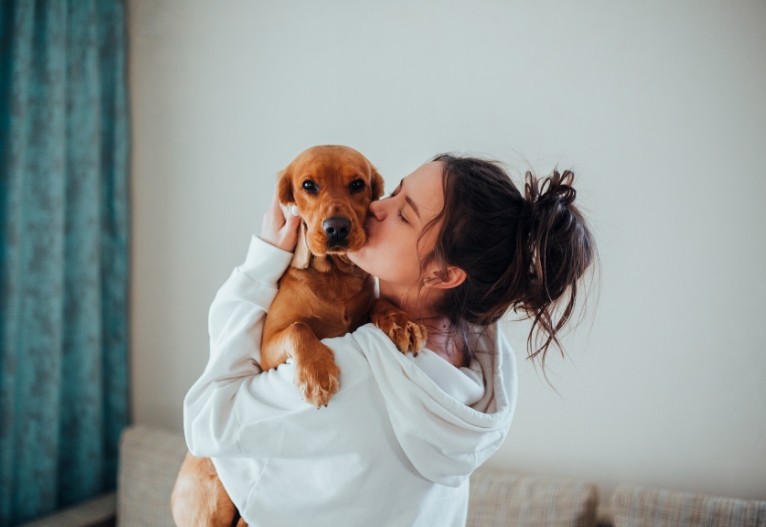
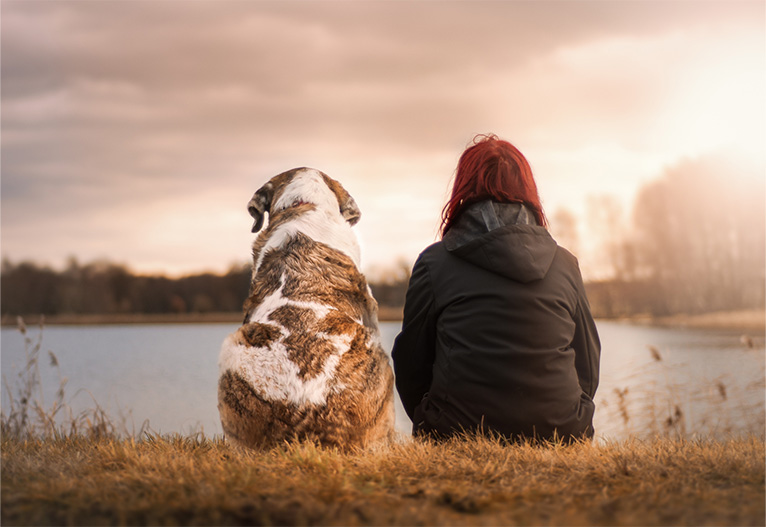
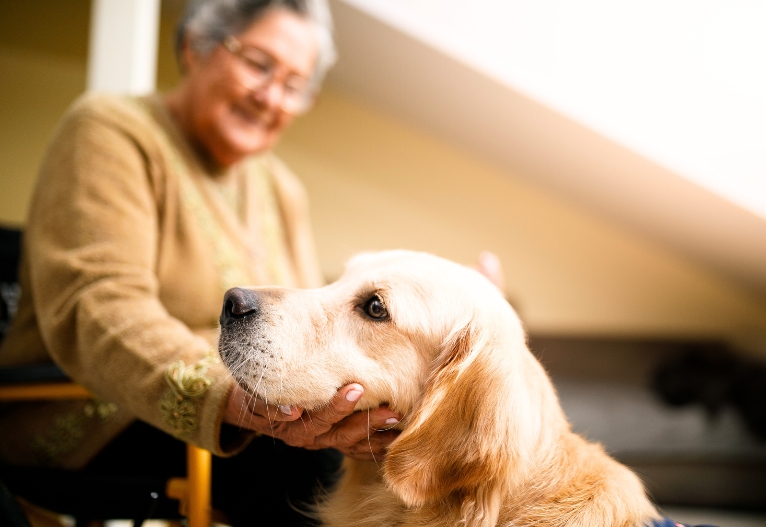
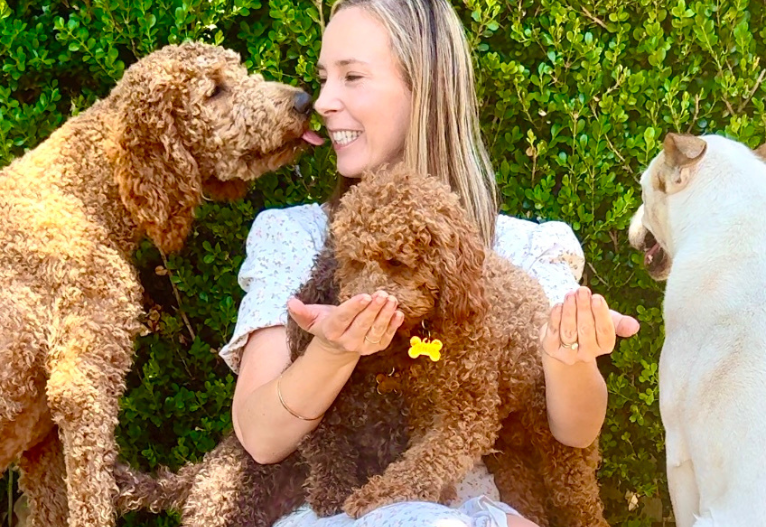
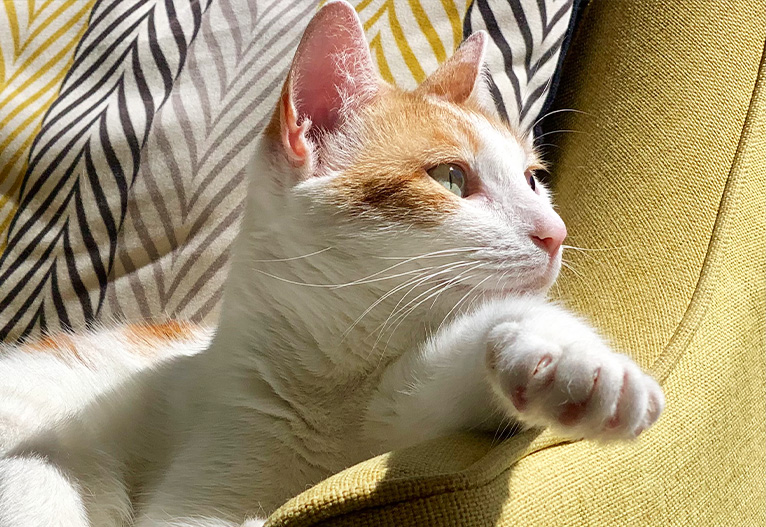
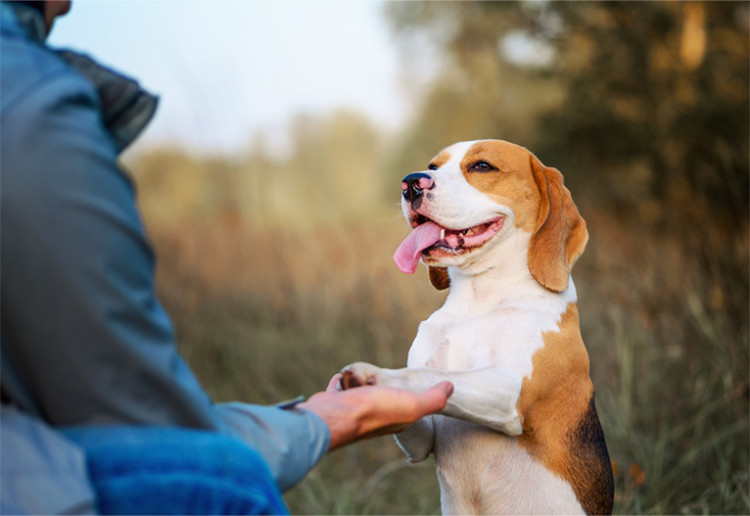
-

-
-
BP517596,
- 09 Oct 2025
👍
0 Likes
-

-
-
ChiWren, QLD
- 02 Oct 2025
👍
0 Likes
-
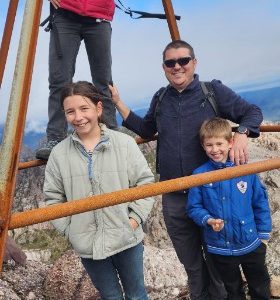
-
-
sars_angelchik, TAS
- 19 Sep 2025
👍
0 Likes
-

-
-
BP517672, NSW
- 13 Sep 2025
👍
0 Likes
-

-
-
Myfurrloves, NSW
- 03 Sep 2025
👍
0 Likes
-

-
-
BP517428, NSW
- 31 Aug 2025
👍
0 Likes
-

-
-
NewfieMum, QLD
- 29 Aug 2025
👍
0 Likes
-
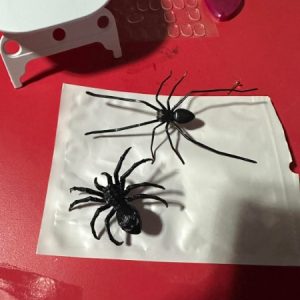
-
-
BH516536, TAS
- 29 Aug 2025
👍
0 Likes
-
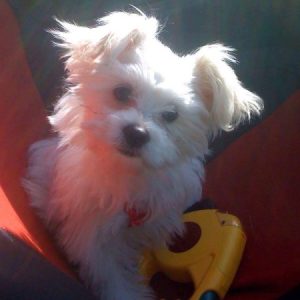
-
-
BH516518, VIC
- 28 Aug 2025
👍
0 Likes
-
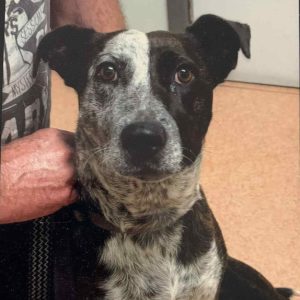
-
-
TraceyGail, NSW
- 28 Aug 2025
👍
0 Likes
Post a commentTo post a review/comment please join us or login so we can allocate your points.